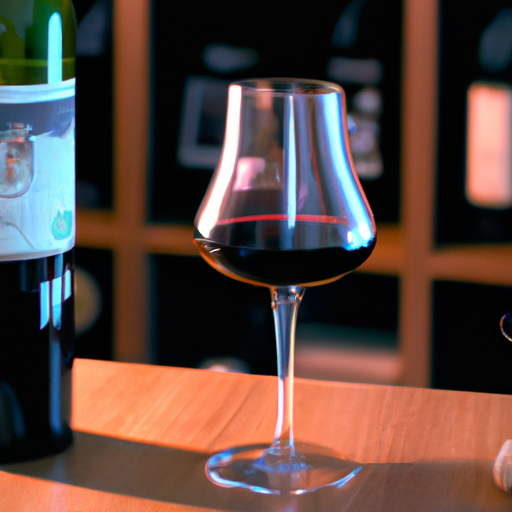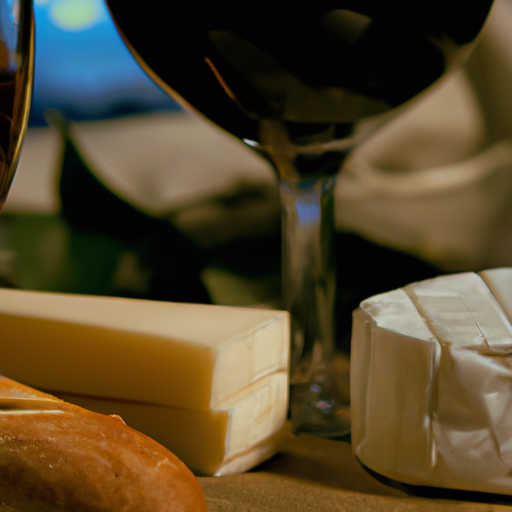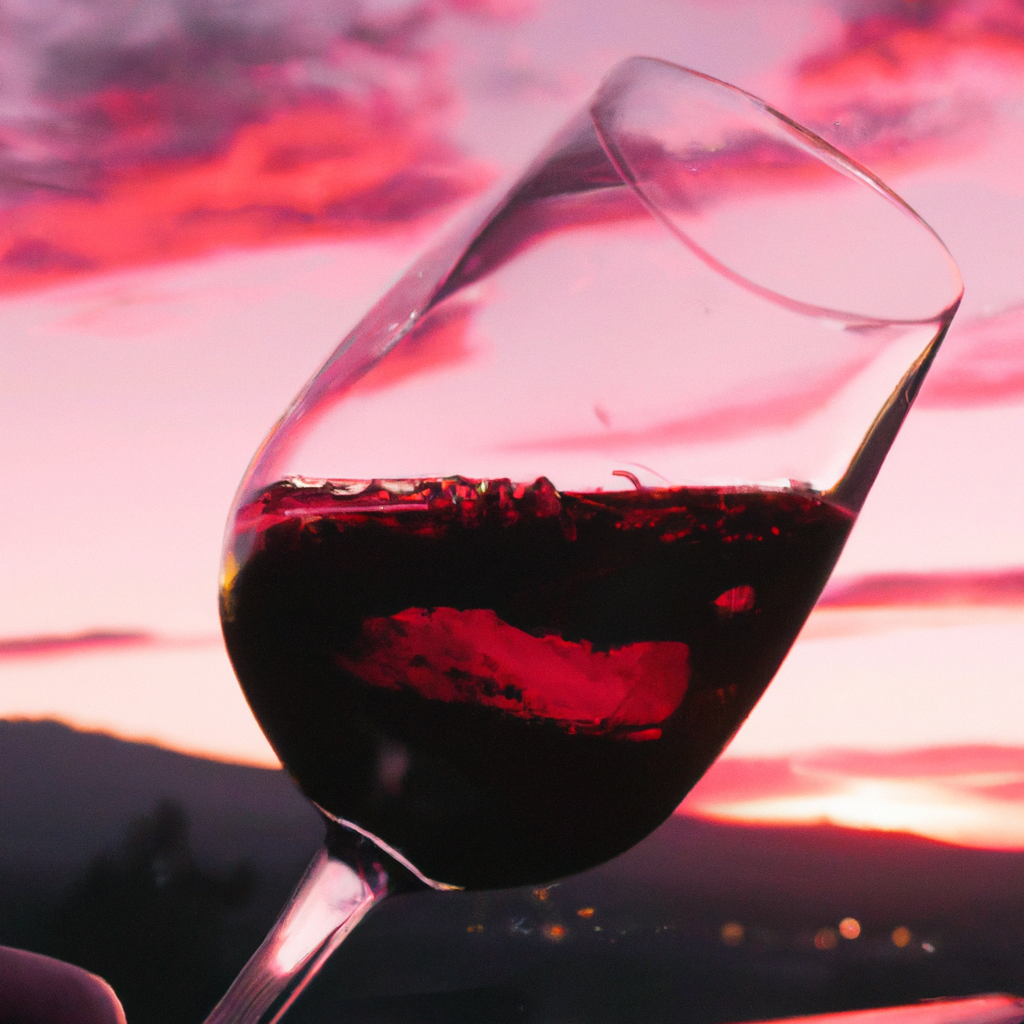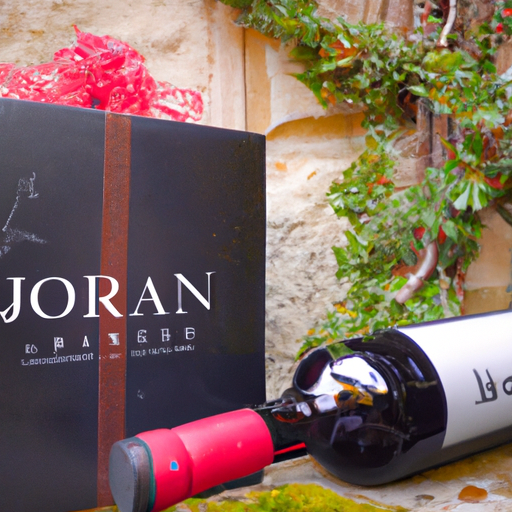Exploring the World of Wine Regions: A Guide to Terroir and Varietals
Advancing Wine Knowledge: Taking it to the Next Level
Exploring the World of Wine Regions: A Guide to Terroir and Varietals
Wine has been enjoyed for centuries, and its popularity continues to grow. For those looking to deepen their understanding and appreciation of this ancient beverage, exploring the world of wine regions is a natural next step. Understanding the concept of terroir and the different varietals that thrive in specific regions can greatly enhance one’s wine knowledge and enjoyment.
Terroir, a French term, refers to the combination of factors that influence the characteristics of a wine. These factors include the climate, soil composition, topography, and even the cultural practices of the region. Each wine region has its unique terroir, which gives its wines a distinct personality and flavor profile.
One of the most famous wine regions in the world is Bordeaux, located in southwestern France. Bordeaux is known for its diverse terroir, with both left and right bank vineyards producing exceptional wines. The region’s maritime climate, combined with its gravelly soil, creates the perfect conditions for growing Cabernet Sauvignon and Merlot grapes. These varietals are the backbone of Bordeaux’s red wines, known for their elegance, structure, and aging potential.
Moving across the globe, we find ourselves in the Napa Valley, California. Napa Valley is renowned for its Cabernet Sauvignon, thanks to its Mediterranean climate and volcanic soil. The warm days and cool nights allow the grapes to ripen slowly, resulting in wines with intense flavors and firm tannins. Napa Valley’s Cabernet Sauvignon is often described as bold, rich, and full-bodied, making it a favorite among wine enthusiasts.
Heading south to Argentina, we encounter the Mendoza region, famous for its Malbec wines. Mendoza’s high altitude, dry climate, and sandy soil create the ideal conditions for growing this grape variety. Malbec from Mendoza is known for its deep purple color, velvety texture, and flavors of blackberry, plum, and spice. These wines have gained international recognition and have become synonymous with the region.
Venturing to the Old World, we arrive in the Piedmont region of Italy. Piedmont is home to the Nebbiolo grape, which produces the renowned Barolo and Barbaresco wines. The region’s cool climate, combined with its clay and limestone soils, gives these wines their distinctive aromas of roses, tar, and truffles. Barolo and Barbaresco are often described as powerful, complex, and age-worthy, making them a must-try for any wine enthusiast.
As we explore the world of wine regions, it becomes clear that terroir plays a crucial role in shaping the characteristics of a wine. Understanding the unique combination of climate, soil, and cultural practices in each region allows us to appreciate the diversity and complexity of wines from around the world.
In conclusion, advancing wine knowledge involves delving into the world of wine regions and understanding the concept of terroir. Exploring the different varietals that thrive in specific regions allows us to appreciate the distinct flavors and characteristics they bring to the table. Whether it’s the elegant reds of Bordeaux, the bold Cabernet Sauvignons of Napa Valley, the velvety Malbecs of Mendoza, or the powerful Nebbiolos of Piedmont, each wine region offers a unique experience. So, raise your glass and embark on a journey to take your wine knowledge to the next level. Cheers!
Mastering Wine Tasting Techniques: From Aromas to Palate

Advancing Wine Knowledge: Taking it to the Next Level
Mastering Wine Tasting Techniques: From Aromas to Palate
Wine tasting is an art that requires practice, patience, and a keen sense of observation. Whether you are a wine enthusiast or a professional sommelier, mastering wine tasting techniques is essential to fully appreciate the complexities and nuances of different wines. In this article, we will explore the various steps involved in wine tasting, from evaluating the aromas to analyzing the palate.
The first step in wine tasting is to carefully observe the wine’s appearance. Pour a small amount of wine into a clear glass and hold it against a white background. Take note of the color, clarity, and viscosity of the wine. A young red wine, for example, may have a vibrant ruby color, while an aged white wine might exhibit a golden hue. These visual cues can provide valuable insights into the wine’s age, grape variety, and winemaking techniques.
Next, it’s time to evaluate the wine’s aromas. Swirl the glass gently to release the wine’s bouquet and bring the glass to your nose. Take a moment to inhale deeply and identify the different aromas present. Is there a hint of ripe fruits, such as berries or citrus? Or perhaps you detect floral notes, like jasmine or lavender. Some wines may even exhibit more complex aromas, such as spices, herbs, or earthy undertones. The key is to trust your senses and let your nose guide you through this olfactory journey.
After assessing the aromas, it’s time to move on to the wine’s palate. Take a small sip and let the wine coat your mouth. Pay attention to the wine’s body, which refers to its weight and texture. Is it light-bodied, medium-bodied, or full-bodied? This characteristic can provide insights into the wine’s alcohol content and overall structure. Additionally, consider the wine’s acidity. Does it make your mouth water, or does it leave a dry sensation? Acidity is crucial in balancing the wine’s flavors and can greatly impact its overall taste.
As you continue to explore the wine’s palate, focus on the flavors that emerge. Is there a dominant fruit flavor, such as blackberries or apples? Are there any secondary flavors, such as vanilla or tobacco? Take note of the wine’s complexity and how the flavors evolve as you continue to sip. Additionally, pay attention to the wine’s finish, which refers to the lingering taste after swallowing. Is it short and abrupt, or does it leave a long-lasting impression? A wine with a lengthy finish often indicates high-quality and well-balanced characteristics.
To further enhance your wine tasting skills, consider organizing blind tastings with friends or joining a wine tasting club. Blind tastings involve sampling wines without knowing their identity, allowing you to focus solely on the sensory experience. This practice can help sharpen your ability to identify different aromas, flavors, and characteristics without any preconceived notions.
In conclusion, mastering wine tasting techniques is a journey that requires time, practice, and a genuine passion for wine. By carefully observing the wine’s appearance, evaluating its aromas, and analyzing its palate, you can unlock a world of flavors and complexities. Remember to trust your senses, let your nose guide you, and savor each sip. Cheers to advancing your wine knowledge and taking it to the next level!
Unveiling the Art of Wine Pairing: Elevating Your Culinary Experience
Advancing Wine Knowledge: Taking it to the Next Level
Wine has long been considered a sophisticated and elegant beverage, enjoyed by connoisseurs and enthusiasts alike. Its complex flavors and aromas have the power to enhance any culinary experience, making it a staple in fine dining establishments and home kitchens around the world. However, to truly appreciate the art of wine, one must delve deeper into the world of wine pairing.
Wine pairing is the art of selecting the perfect wine to complement a specific dish, creating a harmonious balance of flavors that elevates the overall dining experience. It involves understanding the characteristics of both the wine and the food, and how they interact with each other on the palate. By mastering the art of wine pairing, you can take your culinary skills to the next level.
To begin your journey into the world of wine pairing, it is essential to have a solid foundation of wine knowledge. Understanding the different types of wine, such as red, white, and rosé, as well as their respective characteristics, is crucial. Reds are known for their bold and robust flavors, while whites tend to be lighter and more delicate. Rosés offer a refreshing and versatile option, with a wide range of flavors to explore.
Once you have a basic understanding of wine, it is time to explore the principles of wine pairing. The first rule of thumb is to match the intensity of the wine with the intensity of the dish. For example, a rich and full-bodied red wine pairs well with a hearty steak, while a light and crisp white wine complements a delicate seafood dish. This balance ensures that neither the wine nor the food overpowers each other, creating a harmonious combination.
Another important factor to consider when pairing wine is the flavor profile of the dish. The wine should enhance and complement the flavors of the food, rather than compete with them. For example, a fruity and aromatic white wine pairs well with spicy Asian cuisine, as the sweetness of the wine helps to balance the heat of the dish. Similarly, a dry and earthy red wine pairs well with savory dishes, as the tannins in the wine help to cut through the richness of the food.
In addition to matching the intensity and flavor profile, it is also important to consider the acidity and sweetness of both the wine and the food. Acidity in wine can help to cleanse the palate and cut through rich and fatty foods, while sweetness can balance out spicy or salty flavors. For example, a high-acid white wine pairs well with a creamy pasta dish, as the acidity helps to cut through the richness of the sauce. On the other hand, a sweet dessert wine pairs well with a rich chocolate cake, as the sweetness of the wine complements the sweetness of the dessert.
As you continue to explore the art of wine pairing, don’t be afraid to experiment and trust your own palate. Everyone’s taste preferences are unique, and what works for one person may not work for another. The key is to have an open mind and be willing to try new combinations. With time and practice, you will develop a deeper understanding of wine and its ability to enhance the flavors of your favorite dishes.
In conclusion, advancing your wine knowledge and mastering the art of wine pairing can take your culinary experience to new heights. By understanding the characteristics of different wines, matching the intensity and flavor profile of the wine with the dish, and considering the acidity and sweetness, you can create a harmonious balance of flavors that will elevate your dining experience. So, raise a glass and embark on a journey of discovery as you explore the world of wine pairing. Cheers!




